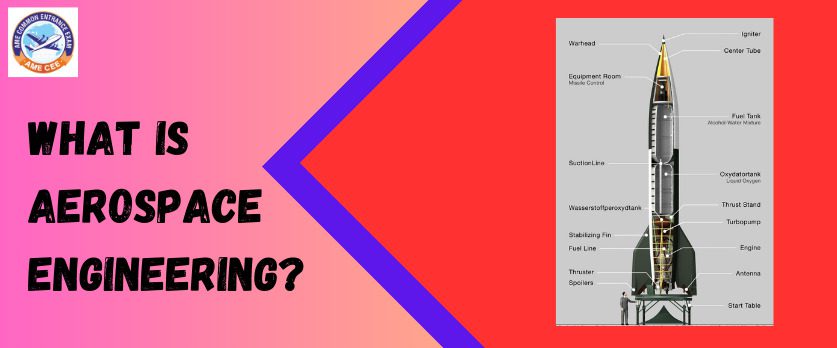Aerospace engineering, a cornerstone of modern engineering, is a multidisciplinary field that encompasses the design, development, testing, and production of aircraft, spacecraft, and related systems. As a complex and dynamic discipline, aerospace engineering integrates principles from aerodynamics, materials science, propulsion, avionics, and space systems to create vehicles that traverse Earth’s atmosphere and venture into the cosmos.
Aerodynamics
At the heart of aerospace engineering lies a profound understanding of aerodynamics, the study of how air interacts with objects in motion. Engineers in this field scrutinize airflow patterns, lift, drag, and other aerodynamic forces to optimize the design and performance of aircraft and spacecraft. The goal is to achieve efficient and stable flight in various atmospheric conditions.
Materials and Structures
Constructing vehicles capable of withstanding the harsh conditions of flight and space requires expertise in materials science and structural engineering. Aerospace engineers work with advanced materials, composites, and alloys to create lightweight yet resilient structures. These materials must endure extreme temperatures, gravitational forces, and the stresses encountered during takeoff, re-entry, and landing.
Propulsion Systems
The propulsion systems of aerospace vehicles are key to their functionality and efficiency. Aerospace engineers focus on developing powerful and efficient propulsion systems, including jet engines, rocket engines, and advanced propulsion technologies. These systems are tailored to meet the specific needs of aircraft and spacecraft, whether it be achieving supersonic speeds or escaping Earth’s gravitational pull.
Avionics and Control Systems
Avionics, the fusion of aviation and electronics, plays a critical role in aerospace engineering. Engineers design and integrate avionic systems that govern navigation, communication, and control. These systems include autopilots, radar, communication devices, and sophisticated control systems that ensure the precise maneuvering and operation of the vehicle.
Space Systems and Exploration
Aerospace engineering extends beyond Earth’s atmosphere into the vast realm of space exploration. Engineers in this domain work on the design and development of space probes, satellites, rovers, and manned spacecraft. The challenges include mitigating the effects of microgravity, radiation, and extreme temperatures encountered in space.
Applications of Aerospace Engineering
Aerospace engineering has a profound impact on various sectors, shaping the design and functionality of a wide array of vehicles and systems.
Commercial Aviation Aerospace engineers contribute to the development of commercial airplanes, advancing technologies for fuel efficiency, passenger comfort, and safety.
Military Aviation Military aircraft benefit from aerospace engineering expertise, with engineers working on fighter jets, reconnaissance planes, and strategic bombers.
Space Exploration Aerospace engineers play a pivotal role in the exploration of space, contributing to the development of rockets, spacecraft, and satellite systems.
Unmanned Aerial Vehicles (UAVs) The field of aerospace engineering is closely tied to the design and advancement of unmanned aerial vehicles, or drones, used for applications ranging from surveillance to scientific research.
Educational Pathways and Professional Opportunities
Individuals aspiring to become aerospace engineers typically pursue a bachelor’s degree in aerospace engineering or a related field. Advanced degrees may be sought for specialized roles or research positions. Internships and practical experience are highly valuable for gaining hands-on skills and insights into the challenges of the field.
In conclusion, aerospace engineering stands as a testament to human ingenuity and the relentless pursuit of exploration. From the skies above to the outer reaches of the cosmos, aerospace engineers continue to push the boundaries of what is possible, propelling us toward new horizons and expanding our understanding of the universe. As technology evolves, so too does aerospace engineering, guiding us toward a future where the vast frontiers of flight and space exploration become more accessible and wondrous than ever before.
To become an aerospace engineer you may could join aerospace engineering through AME COMMON ENTRANCE EXAM (AME CEE) this examination you may join Aerospace Engineering approved by AICTE.


